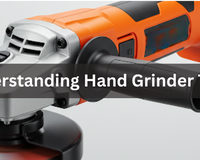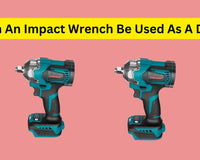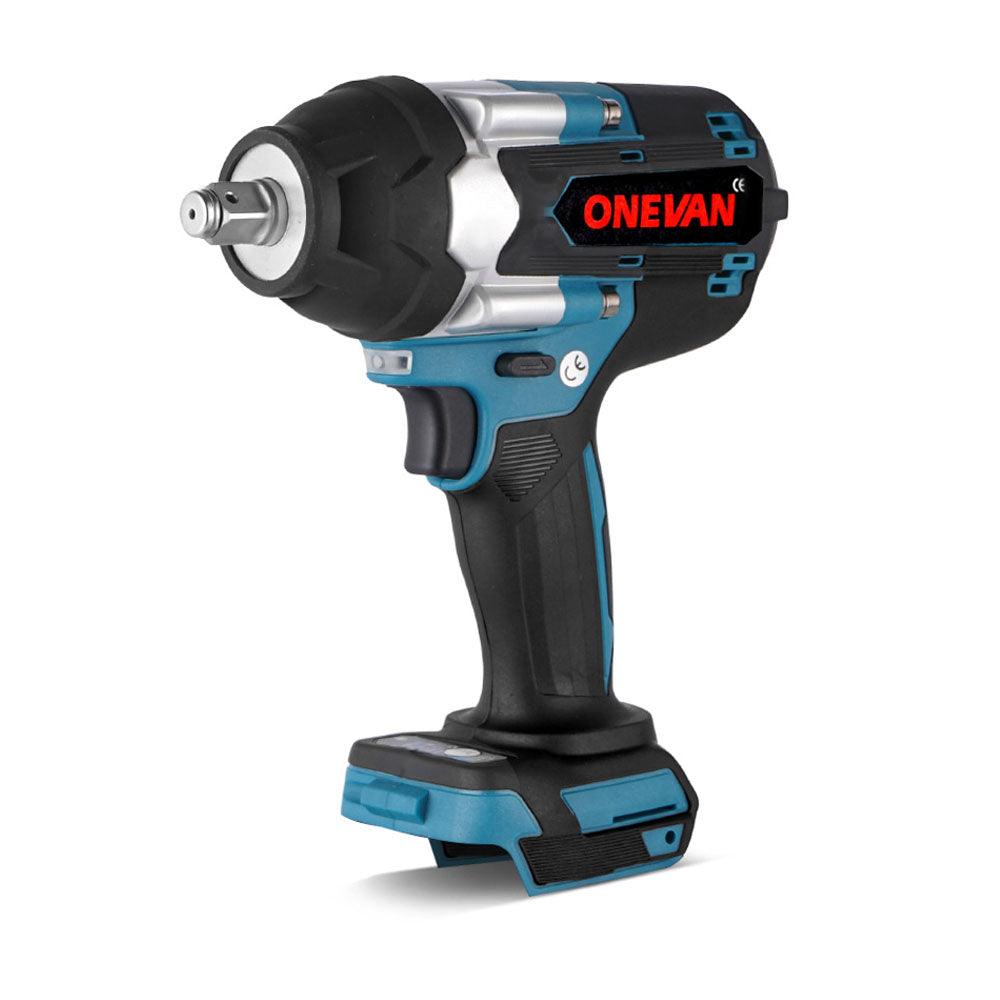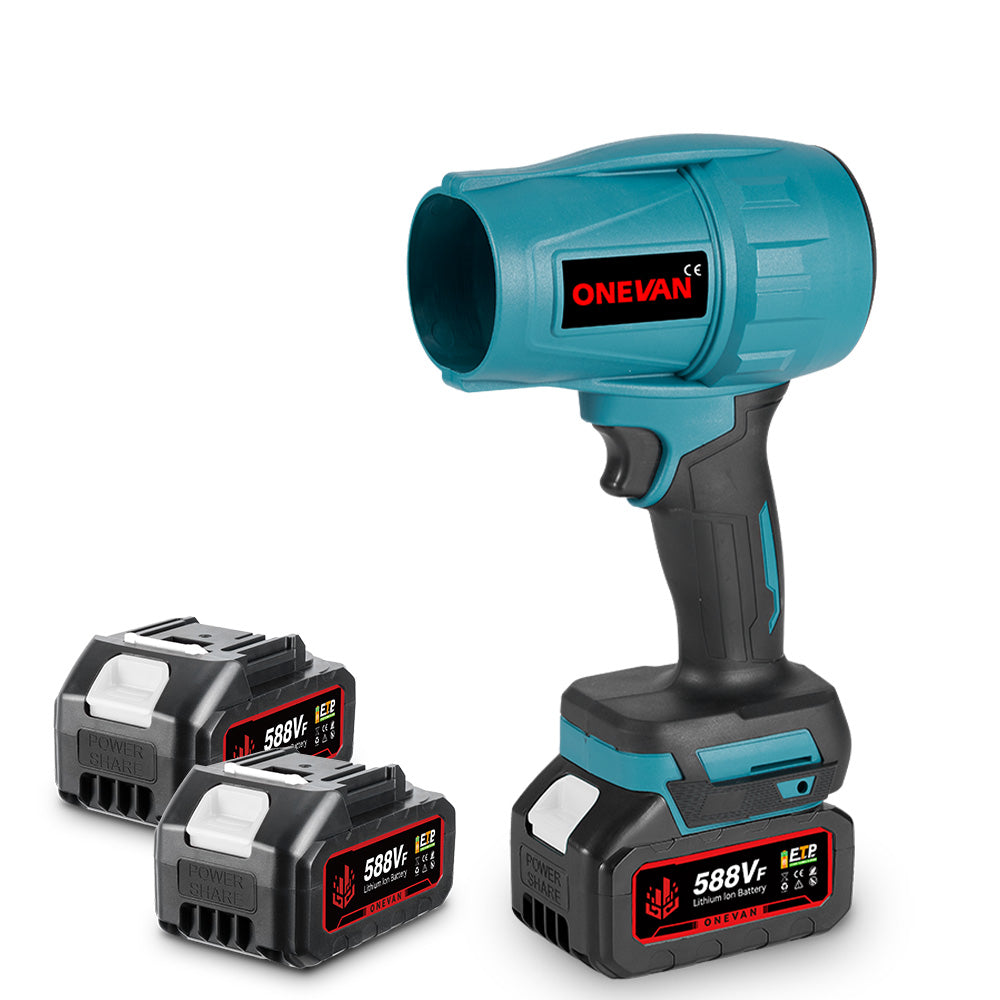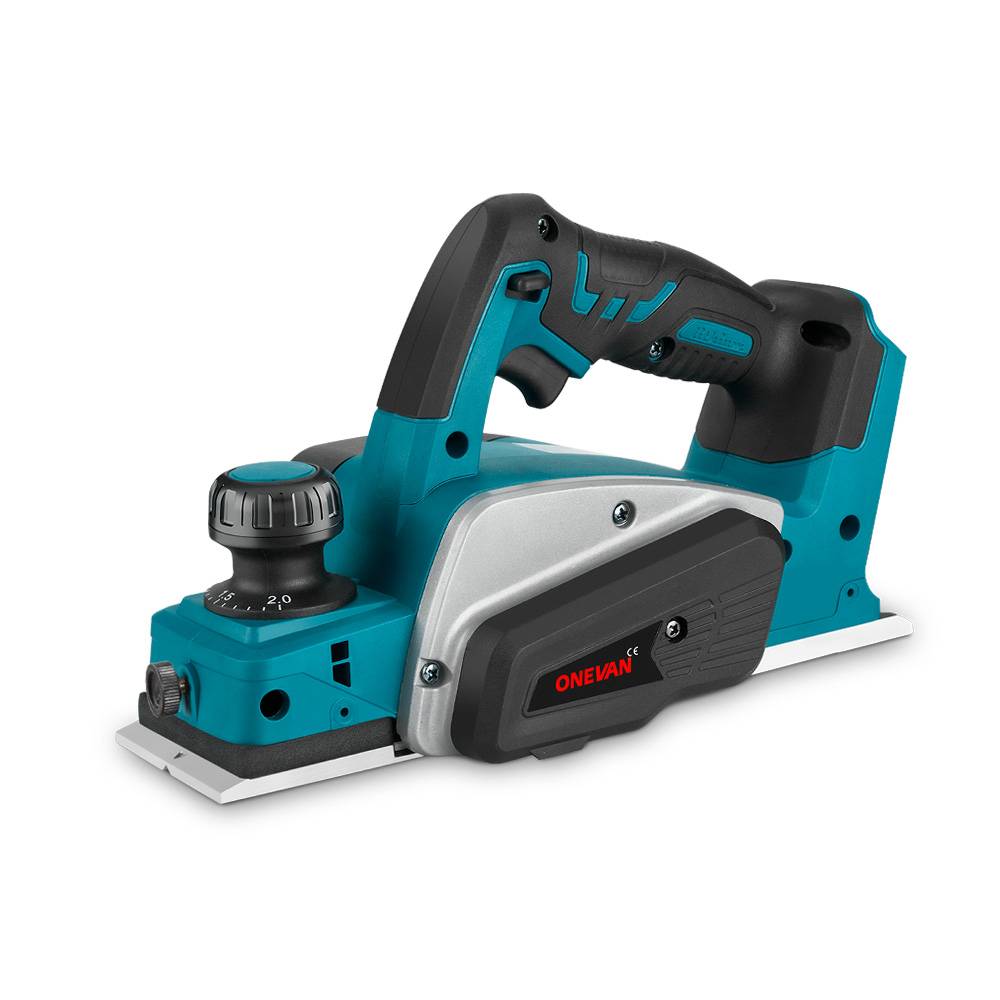An angle grinder is a power tool that is indispensable for any tool box these days. Angle grinders have a spinning disc that cuts, grinds, and smooths metal, stone, tile etc. You can use this power tool for shaping and smoothing tough materials. In this guide you will learn exactly what a cordless angle grinder can do.
Key Takeaways
- Cut through metal
- Grind and shape stone
- Cut other materials
- Pick the right grinder
1. What is an Angle Grinder?
An angle grinder is a power tool which can be used for a plethora of tasks. Interestingly, you can easily handle this tool in hand. For a better understanding, imagine a mini grinding wheel with a spinning disc that performs the following functions:
- Grinding
- Cutting
- Smoothens all sorts of materials, e.g. metal or stone.
The handle is angled for a comfortable grip, which is why it is called an angle grinder.
Components and Design of Angle Grinder
- Motor: Motor is the main power source of an angle grinder.
- Spindle: Spindle is like a rod that connects the motor to the disc and assists in spinning.
- Disc: This is the main part! You can swap out different discs depending on what you need to do. A cutting disc can chop through metal. Simultaneously, a grinding disc can smooth rough edges, and a polishing disc shines the surface.
- Guard: This is a prominent safety feature which protects your hands from sparks and bits of material.
- Side Handle: This is an extra handle. It gives you more control over the angle grinder so you can use it conveniently.
How Does an Angle Grinder Work?
- Plug it in (or for cordless, charge it up): Switch on with the right power source.
- Pick the right disc: Choose the disc following your task requirements. For instance, you can choose a cutting disc for metal or a grinding disc for smoothing surfaces.
- Pull the trigger: The trigger turns on the motor and accelerates the disc spinning.
- Grind away! Carefully move the disc across the material. The rough disc removes the material, grinding it down and cutting through it.
2. Can an Angle Grinder Cut Metal?

An angle grinder is built to cut through various materials such as metal, stone, and concrete. Below, you will read about the most common materials you can cut with an angle grinder.
Iron, Steel, Stainless Steel:
These metals are easy to cut with your angle grinder and the right cutting disc that matches any of them.
Aluminum:
Compared to steel, aluminum can be cut more quickly and with greater precision when a suitable disc is used.
Cast Iron:
It is possible to cut cast iron, but it can be more difficult due to its hardness and the higher wear and tear on the blade.
Copper Pipe:
This tool is perfect for plumbers as it can easily cut copper tubing; all you need is a specific copper cutting disc designed for this purpose.
Bolts, Rebar, Rivets:
No problem! A metal cutting angle grinder would be perfect for removing fasteners.
Sheet Metal:
With its abrasive wheel, an angle grinder handles sheet metal easily.
Concrete, Brick, Pavers:
For these materials always use a masonry cutting disc specifically designed for concrete materials.
Granite, Marble, Tile:
Cutting granite and marble with an angle grinder requires extensive skill. Therefore, it is recommended to hire experienced professionals to avoid chipping or cracking the stones.
Wood (Limited):
You could make small wooden cuts with an abrasive blade. However, it would not work well. Angle grinders produce heat, which could burn the wood. Cutting woods requires high-quality chainsaws.
Plastics (Limited):
It is possible to cut plastic with angle grinders, but you must use specific cutting discs designed for plastics. However, some plastics have low melting point such as LDPE and HDPE melting at about 120 °C and 130 °C. So it is best to use jigsaw or other plastic cutting tools.
3. Can an Angle Grinder Cut Stone?
Yes, an angle grinder can cut stone but you need to approach variety of stones with a safe approach. Stones are vulnerable and can be cracked easily. Let’s read how to cut different stones with an angle grinder.
Granite, Marble, Travertine, Quartzite
These are hard stones and can be cut with a diamond abrasive disc. However, to cut granite, marble, travertine and quartzite, you need to hire professional. Stone can easily be damaged by using the wrong disc or technique.
Slate, Limestone, Sandstone
On the other hand, slate, limestone and sandstone are softer stone. They are easy to cut when cutting using a diamond disc. However, you should apply light pressure and go slowly to minimize chipping and cracking.
Basalt
Basalt is a very hard volcanic rock. It is really difficult to cut even with a diamond disc in an angle grinder. To deal with basalt specialized tools are recommended.
General Tips for Stone Cutting with an Angle Grinder:
- Cutting stone requires a diamond abrasive disc: This is key; ordinary discs won’t work and could harm your angle grinder.
- The faster you cut, the more likely you are to make mistakes.
- Think about using water: Wetting the cutting area might be helpful since it cools down disk and reduces dust.
4. Can an Angle Grinder Cut Wood?

- Safety Concerns: Angle grinders spin at very high speeds, making them dangerous for cutting wood. Wood can snag on the disc, potentially causing kickback or loss of control.
- Burning: The friction from the disc can generate significant heat, scorching the wood instead of providing a clean cut.
- Improper Cuts: Angle grinders are not designed for precise cuts in wood. You might achieve rough cuts, but finer carpentry work requires tools like saws for better control and accuracy.
Alternatives for Wood Cutting:
Circular saw: It is an ideal tool for straight cuts on wood. Circular saw provides a neat cutting surface, with multiple blades to cut different types of woods.
Jigsaw: For detailed work that requires accuracy, what tool can be used to make delicate curves in wood? A jigsaw is meant to handle such small complex curves with precision and clarity.
Miter Saw: There are specific angles at which you can make very accurate cuts using a Miter Saw. This is particularly useful when it comes to carpentry works requiring exact joinery.
5. Can an Angle Grinder Cut Tile?
Cutting tile with an angle grinder is possible but you can use this tool for certain scenarios.
Porcelain & Ceramic Tile:
A diamond disc on an angle grinder can effortlessly cut such stronger tiles. However, it’s a difficult process. At high speed, the chances of chipping or cracking are higher especially along the edges. This method is more suited for making small cuts or rough shaping.
Pottery:
Cutting pottery using an angle grinder is not advisable. Pottery pieces are usually fragile and the high speed and vibration of the angle grinder can break them.
Alternatives for Cutting Tile:
Tile Saw: The best tool for cutting tile with precision is a wet tile saw. Its water-cooled diamond blade makes clean, chip-free cuts and allows mitered cuts at angles.
Snap Cutter: In order to handle straight cutting across ceramic tile easily, consider using a manual snap cutter. Score a tile using your hands and then gently snap it apart at marked line.
6. Can an Angle Grinder Cut Building Materials?
Concrete and Brick:
It is possible to cut through these robust materials easily by using a masonry disc. This disc assists the angle grinder in cutting concrete blocks, bricks, and pavers enabling it to use in notching, fitting around pipes or other installations or making quick cuts.
Clay Pipe and Concrete Pavers:
Clay drainage tubes and precast concrete sidewalk slabs can be effectively cut with a masonry disk.
Slate:
Slate can be cut using a diamond abrasive disk. Nonetheless, this brittle material requires a gentle touch and slow speed to reduce the risk of chipping and cracking.
Asphalt (Limited Use):
Cutting asphalt requires special asphalt cutting discs but it turns to be very messy. The asphalt piles on the blade quickly reducing its efficiency while also producing unpleasant fumes. Alternatively for very thick asphalts, you should use reciprocating saws while smaller cuts could be done using a hot knife depending on project demands.
Mortar and Cement Board:
Technically, yes, you can cut mortar and cement board with an angled grinder but it is not the best scenario. Mortar and cement produce significant dust which can clog up the blades quickly.
7. Can an Angle Grinder Cut Plastics?

Plastic:
Avoid using a standard abrasive disc for cutting common types of plastics. The excessive heat generated by the disc can melt plastic, causing untidy and uneven edges, warping the material, and potentially creating fumes.
Perspex:
To use an angle grinder for acrylic (perspex), select fine-toothed discs meant specifically for cutting plastic. However, even with the correct disc, one may risk melting the edges or cracking it if done carelessly. Essential is a slower cut with light pressure.
PVC Pipe:
It is possible to cut PVC pipe with an angle grinder but again there are important issues involving choice of discs. This means one needs a special PVC cutting disc to avoid melting the plastic. Moreover, PVC fumes can be toxic. Therefore, good ventilation is crucial when cutting PVC pipe using an angle grinder.
Polycarbonate:
Generally, angle grinders are not the best choice for cutting polycarbonate because this material has a relatively low melting point. Therefore, its high temperature leads to deformation of the material.
HDPE (High-Density Polyethylene):
Just like polycarbonate, it is also not advisable to use an angle grinder for cutting HDPE. This heat can cause HDPE materials to melt and change shape which results in imperfect cuts.
8. How To Choose An Angle Grinder?
Corded Angle Grinders:
Power Source: These angle grinders get power from an electrical outlet.
Pros: Corded angle grinders are typically the least expensive type. They also offer steady power, making them suitable for long-term use or demanding tasks when there is no worry about battery life during a job. Furthermore, they tend to weigh less than cordless versions because they lack a battery pack .
Cons: Immobility is the prominent disadvantage. A long extension cable can stop your work, especially if you are working in large areas without an outlet. Additionally, you should always watch out for tripping hazards caused by cords.
Cordless Angle Grinders:
Cordless angle grinders are the ultimate in maneuverability and portability—an alternative preference to the plug-in versions. These tools are powered by rechargeable batteries freeing you from the leash of an electrical outlet.
Recommended Cordless Angle Grinders
For Heavy-Duty Grinding:
ONEVAN 125mm Cordless Angle Grinder carries a robust brushless motor tackles even the toughest grinding jobs. High-temperature resistant copper wiring provides both durable experience and anti-overload and burning protection. Similarly, it features variable speed control (3000-20000 RPM) to control the speed following targeted material.
Detailed Work and Non-Metal Materials:
Need a compact angle grinder for complex grinding non-metal materials? The ONEVAN 12V Mini Cordless Angle Grinder features a 500W brushless motor for flawless grinding. Simultaneously, the high speed (19500 RPM) and 10mm disc diameter offers excellent control. The disc features hundreds of sharp teeth for efficient material removal. This tool is particularly good for shaping and refining detailed work on wood, plastic, and other softer materials.
Cordless Grinder for Metalwork:
For meticulous metalworking, polishing, shaping, and finishing, look no further than the ONEVAN 6mm Cordless Die Grinder. This die grinder packs a punch with its 2000W brushless motor, making it a prominent choice for metalworking tasks. The comfortable design ensures extended grinding sessions. Simultaneously, the variable speed control (0-35000 RPM) let you adjust the speed for various applications.
Advantages of Cordless Grinders
Freedom is a major advantage of cordless grinders as it offers excellent mobility, great for working in confined spaces. Usually quieter than their corded counterparts, cordless angle grinders create a flexible and peaceful work environment.
Air-Compressed Angle Grinders
These angle grinders are run by air which makes them perfect for industrial settings with readily available compressed air system. It usually weighs less than the corded models; hence, it can be suitable in areas where electrical sparks may be dangerous. However, they cannot operate without an air compressor and hose, thus limiting their mobility.
Petrol/Gasoline Angle Grinders
These angle grinders use gas power to work. This feature makes them the most portable and therefore ideal for places where there is lack of electricity or compressed air. They are powerful and well-suited to heavy duty tasks. Nevertheless, gas powered grinding machines are generally the most expensive type available due to cost of fuel handling and storage together with noise production as they generate fumes.
9. Conclusion
Now, you have clearly understood the way you can cut different materials with an angle grinder. Also, you know the difference between corded and cordless angle grinders. It is recommended to seek professional help for cutting delicate materials, such as certain types of stones and plastics.
10. FAQs
1. How to use an cordless angle grinder?
When using a wireless angle grinder, safety must come first. Put on safety goggles, gloves, earplugs, and a dust mask. Firmly grip the angle grinder with both hands after fitting the right disc and adjusting the guard as required. Switch on and maintain control while grinding or cutting with a controlled path of motion from one side to another
2. How to change blade on cordless angle grinder?
Secure the spindle lock. Loosen the retaining nut with the wrench, and swap the old disc for your new one. Tighten the nut firmly, but avoid over-tightening.
3. What is an cordless angle grinder used to grind?
A cordless angle grinder grinds various materials with specific discs: metal, concrete, and some types of stone including wood and plastic.
4. Wood can be cut by a cordless angle grinder?
This is technically correct, but it is not recommended. The angle grinder can become very hot and burn the wood instead of making a clean cut. Wood saws are designed for cutting wood and yield better results and safety.
- Put on eye protective gear, gloves, and ensure that you use a disc meant for cutting metal rather than grinding.
- Clearly draw your line of cut and fasten the material being used.
- Turn on your machine before starting to make sure that the disc attains full speed. Push slowly with control along your pre-marked line.
6. How to use a cordless angle grinder to cut metal?
Put on your goggles, gloves and mask. Change to a metal cutting disc. Clamp the metal down and mark where you will cut it. Turn it on, wait for the speed of the disk to come up and then use a slow controlled push to cut through. Let the disc stop completely before putting down the angle grinder.
7. How do you remove the disk from a cordless angle grinder?
- Press the spindle lock and loosen the retaining nut using the spanner wrench provided
- Take off old one then put in another
- Reattach flange then screw nut tightly avoid overnighting.



